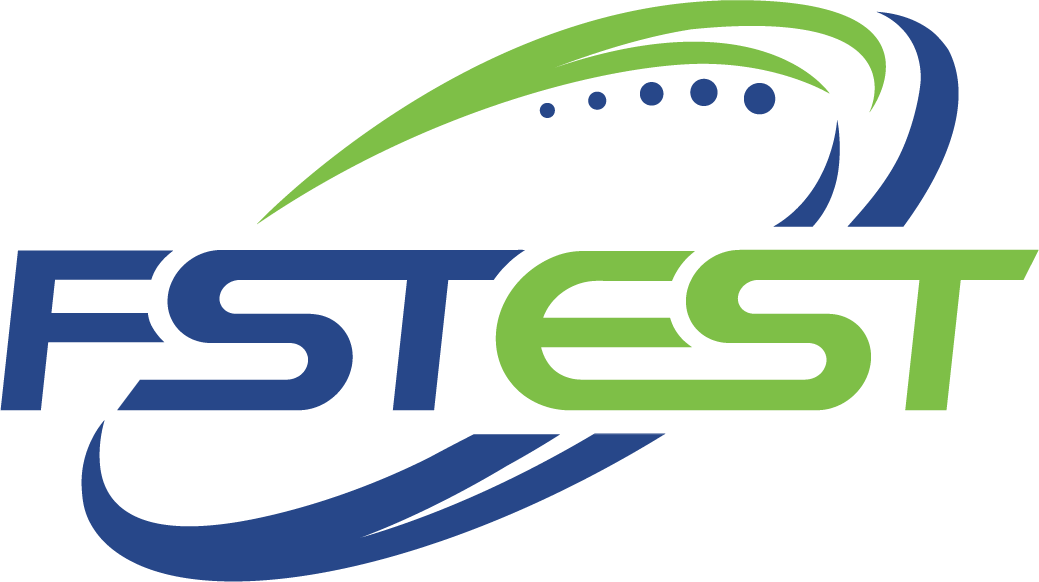FSTest Nitrite Detection Kit
Rapid Semi-Quantitative Detection of Nitrites in Edible Bird’s Nest, Water & Food Samples
Nitrite (commonly sodium nitrite) is a potentially harmful food contaminant. Though permitted in small quantities for certain meat products, excessive levels may pose serious health risks — as little as 0.3–0.5g can cause acute poisoning or death. In bird's nest products, nitrite may form naturally during processing or storage and is strictly limited to 30 mg/kg under Chinese food safety regulations.
The FSTest Nitrite Detection Kit offers a simple, accurate, and rapid on-site screening solution for nitrite contamination in solid and liquid food products, especially edible bird’s nests, with colorimetric results in just 5 minutes.
Key Features
✅ High Sensitivity: LOD: 1 mg/kg (solid), 0.1 mg/L (liquid)
✅ Fast Results: Get colorimetric results in 5 minutes
✅ No Complicated Instruments Needed: Perform tests on-site using simple visual comparison
✅ Clear Visual Readout: Use the colorimetric chart to assess nitrite concentration
✅ Safe & Portable: Ideal for field inspections, customs, and food processing QC
Kit Components
1 × Detection Solution A (6 mL)
1 × Detection Solution B (dry)
100 × Droppers
100 × 1.5 mL Centrifuge Tubes
5 × 50 mL Centrifuge Tubes
1 × Colorimetric Card
1 × User Manual
Applications
This test is suitable for detecting nitrite residues in:
✔ Edible bird’s nest
✔ Noodles, rice flour, jellyfish, instant food
✔ Drinking water, herbal drinks, and clear liquids
✔ Export goods inspected by customs authorities
✔ Especially effective for bird’s nest exporters/importers complying with China GB standards (nitrite limit: 30 mg/kg).
How It Works – Testing Procedure
✅ For Liquid Samples
Use colorless or lightly colored liquids directly as test solution.
✅ For Solid Samples (e.g., bird’s nest)
Chop 1g of sample finely.
Add 10mL distilled water and sonicate for 10 mins (or stir + stand for 5 mins).
Centrifuge if needed, then collect the supernatant as test solution.
✅ Color Development & Result Reading
Pipette 1mL test solution into a 1.5mL tube.
Add 1 drop each of Detection A and B. Shake well.
React for 5 minutes, then compare color with the standard chart:
• Light pink = low/none
• Purple-red = high nitrite concentration
Storage Conditions
Store sealed in a cool, dry place, 4–30°C
Shelf life: 12 months
Keep away from light and humidity
Ensure Food Safety – Anytime, Anywhere
Don’t let harmful nitrite residues threaten your product compliance or your consumers’ health. With FSTest Nitrite Detection Kit, you can screen in minutes, with no lab needed.
In stock now – ships worldwide
Contact us for bulk pricing and secure your food safety!
SEO-Optimized Metadata
SEO Title:
Nitrite Rapid Test Kit for Food & Bird's Nest | Fast On-Site Detection – FSTest
Meta Description:
Quickly detect nitrite residues in edible bird's nest, water, and food using FSTest Nitrite Test Kit. Results in 5 minutes. Sensitive, semi-quantitative, and field-ready.
Keywords:
nitrite test kit, bird's nest nitrite detection, sodium nitrite test, food safety test kit, rapid nitrite detection, nitrite in edible bird’s nest, colorimetric nitrite test, FSTest kit, nitrite residue testing



